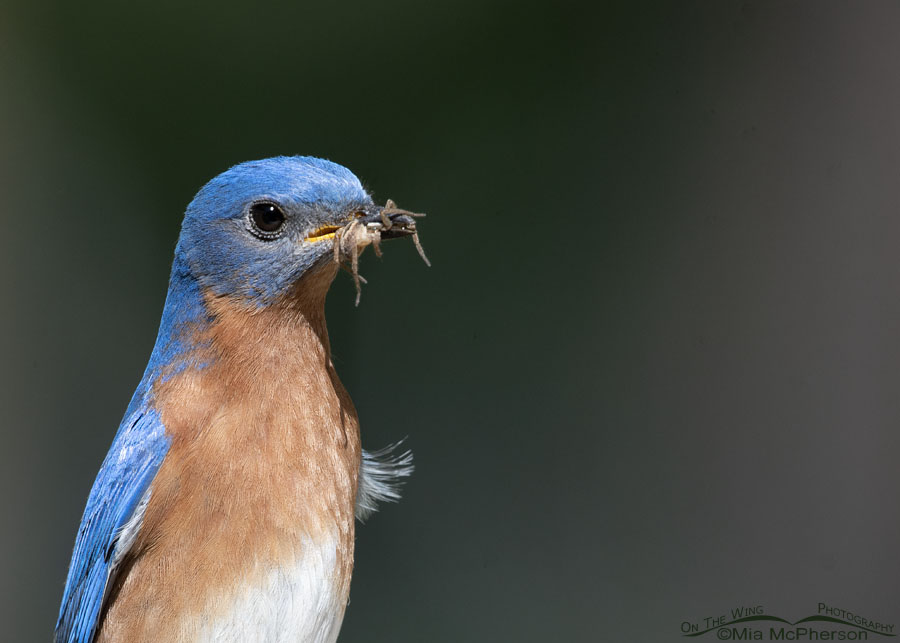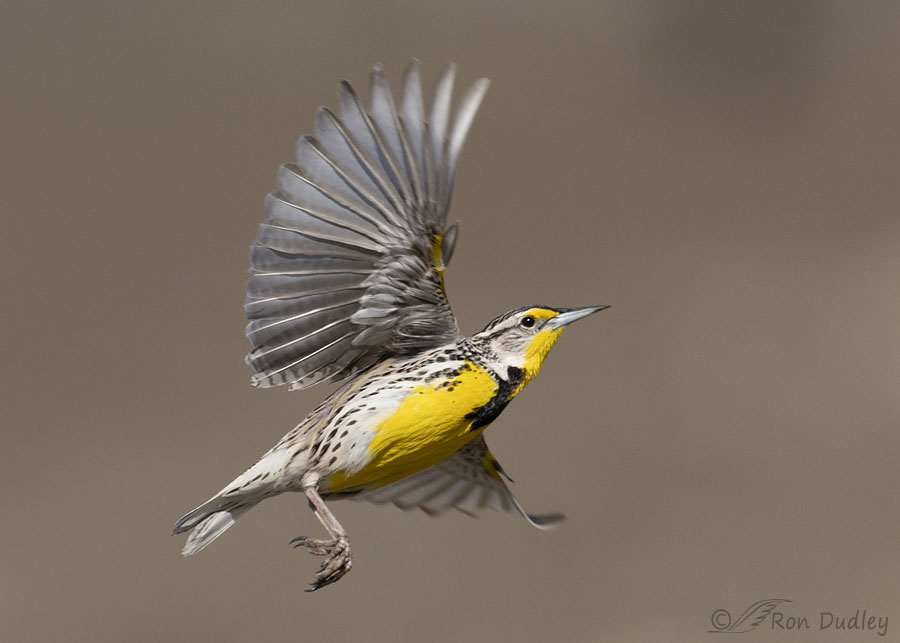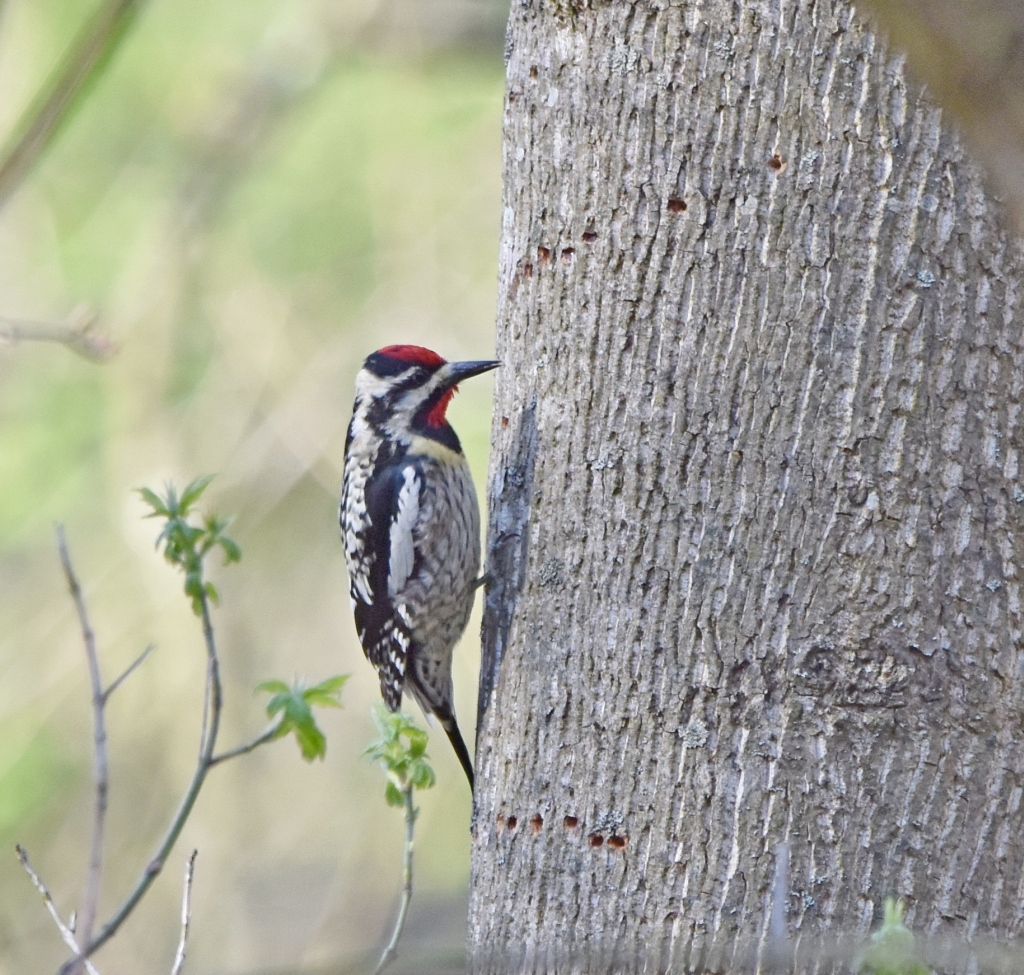More than 1,200 years ago, flightless elephant birds roamed the island of Madagascar and laid eggs bigger than footballs. While these ostrich-like giants are now extinct, new research from the University of Colorado Boulder and Curtin University in Australia reveals that their eggshell remnants hold valuable clues about their time on Earth.
Published last week in Nature Communications, the study describes the discovery of a previously unknown, separate lineage of elephant bird that roamed the wet, forested landscapes on the northeastern side of Madagascar — a discovery made without access to any skeletal remains.
It’s the first time that a new lineage of elephant bird has been identified from ancient eggshells alone, a pioneering achievement which will allow scientists to learn more about the diversity of birds that once roamed the world and why so many have since gone extinct in the past 10,000 years.
“This is the first time a taxonomic identification has been derived from an elephant bird eggshell and it opens up a field that nobody would have thought about before,” said paper co-author Gifford Miller, distinguished professor of geological sciences and faculty fellow at the Institute of Arctic and Alpine Research (INSTAAR) at CU Boulder. “Here may be another way of looking into the past and asking, ‘Was there more diversity in birds than we’re aware of?’”
Largest elephant birds stood more than 9 feet tall
Akin to a small continent, Madagascar has been separated from Africa and neighboring continents by deep ocean water for at least 60 million years. This geology has allowed evolution to run wild, producing lemurs, elephant birds, and all kinds of animals that exist nowhere else on the planet. For the Polynesian peoples who arrived here around 2,000 years ago, the largest of the elephant birds, Aepyornis, was a feathery terror to behold: at more than 9 feet tall, weighing more than 1,500 pounds each, and outfitted with a pointy beak and deadly foot talons, it was Madagascar’s largest land animal.
Due to limited skeletal remains — and the fact that bone DNA degrades quickly in warm, humid areas — it was not known until recently where the birds fit into the evolutionary tree. The most scientists knew was that they were part of the flightless ratite family, a genetic sister to the New Zealand kiwi, the world’s smallest living ratite.
Ancient eggshell DNA, however, has confirmed not only where the elephant birds sit in this tree, but revealed more about the diversity within the lineage.
“While we found that there were fewer species living in southern Madagascar at the time of their extinction, we also uncovered novel diversity from Madagascar’s far north,” said lead author Alicia Grealy, who conducted this research for her doctoral thesis at Curtin University in Australia. “These findings are an important step forward in understanding the complex history of these enigmatic birds. There’s surprisingly a lot to discover from eggshell.”
An eggshell-ent idea
Miller has analyzed eggshell remains in Australia and around the world for more than 20 years — one of few scientists who study these fragments. So, in 2005, when he was awarded $25,000 as part of the Geological Society of America’s Easterbrook Distinguished Scientist Award, Miller gathered a small team to study the evolutionarily elusive elephant bird.
The team initially set out in 2006 to collect elephant bird eggshells from the dry, southern half of the island. When an unaffiliated researcher used bone fragments to solve this evolutionary mystery before they could, Miller and Grealy’s team turned their attention to the wet, forested north half of the island, hoping to better understand the bird in a different biome.
Using high-resolution satellite imagery, the team scouted locations where winds had blown the sands away and exposed ancient eggshells. No birds of any similar size currently live on the island, so the cracked pieces are easily recognizable to the naked eye. After the team traversed the island and gathered more than 960 ancient eggshell fragments from 291 locations, the challenging work began: analyzing the ancient DNA.
Due to their chemical makeup, skeletons can be “leaky” with their DNA, making them less ideal for this kind of work. In comparison, the physical chemistry of these thick eggshells locks in its organic matter for up to 10,000 years and protects its DNA like it did the baby bird that once grew inside of it. This means it can be rather difficult to extract for analysis.
Another problem is finding long enough strands of DNA to analyze, as ancient DNA is often degraded. As a result, the scientists pieced together the shorter fragments in a kind of “genetic jigsaw puzzle” — with no idea it would lead them to discover a new type of elephant bird.
“Science often advances in obscure pathways. You don’t always find what you were looking for,” said Miller, director for the Center for Geochemical Analysis of the Global Environment (GAGE) at CU Boulder. “And it’s much more interesting to find what you didn’t know you were looking for.”
The human or the egg?
Miller studies the “Quaternary,” the most recent geological period in Earth’s history and when humans first appeared on the landscape. When humans appeared, he said, often large animals went extinct — but scientists still don’t know why the elephant bird was one of them.
“What is it that early humans are doing that’s resulting in extinction of big animals, especially? This is a debate that’s been going on for my whole life,” said Miller, whose career now spans five decades.
If geologists, archaeologists, and biologists are able to gather and date more eggshell fragments from around the world, however, Miller and Grealy’s pioneering work in the field of eggshell DNA science could lead to a better understanding of why large animals like the elephant bird went extinct after the arrival of humans.
“With lots of little contributions from a whole bunch of people, you actually can solve some interesting questions,” said Miller. “This might open up a new way of looking at things.”
Thanks to the University of Colorado Boulder for providing this news.
Read our newsletter!
Sign up for our free e-newsletter to receive news, photos of birds, attracting and ID tips, and more delivered to your inbox.
Autor mmendenhall









